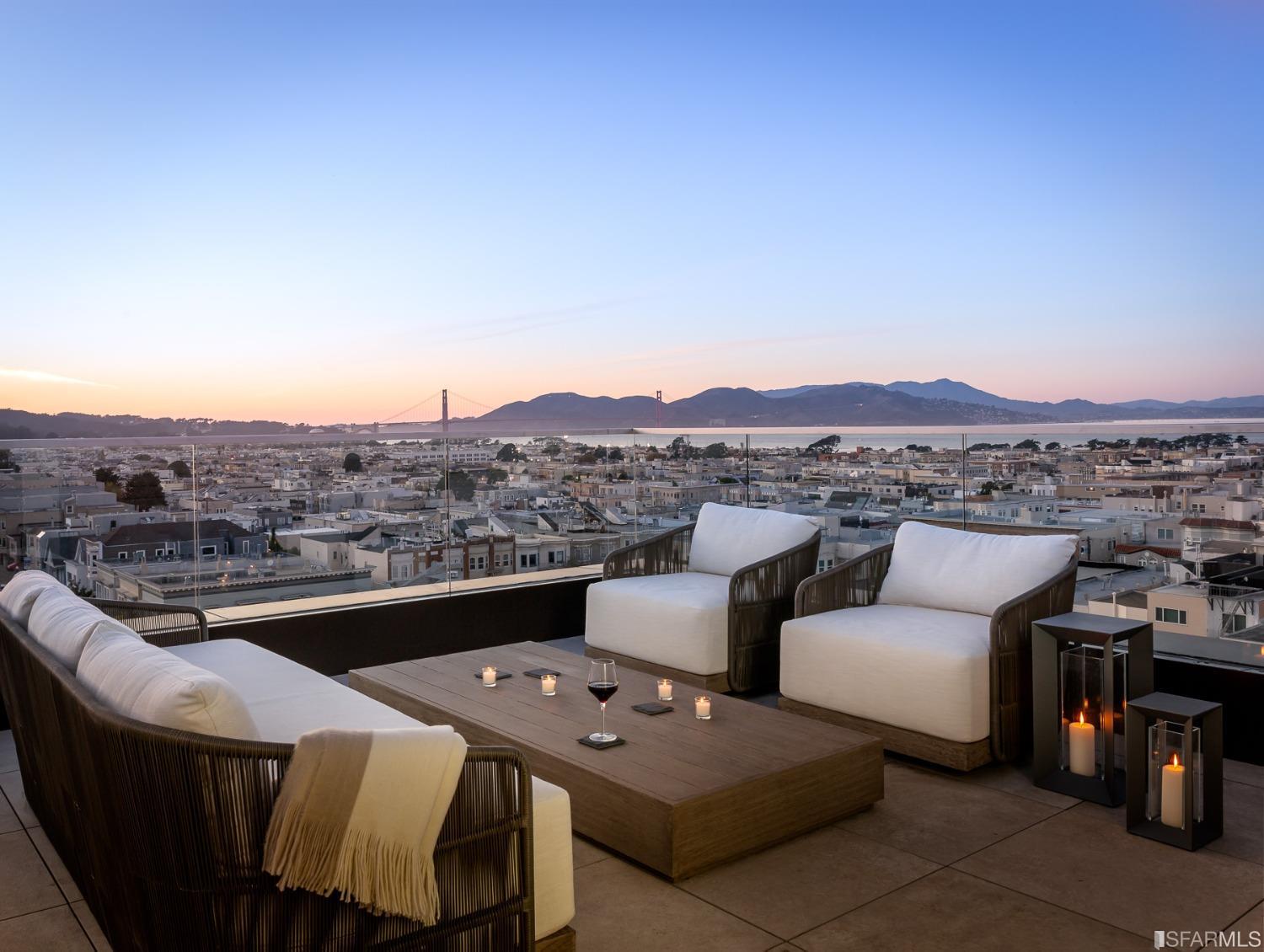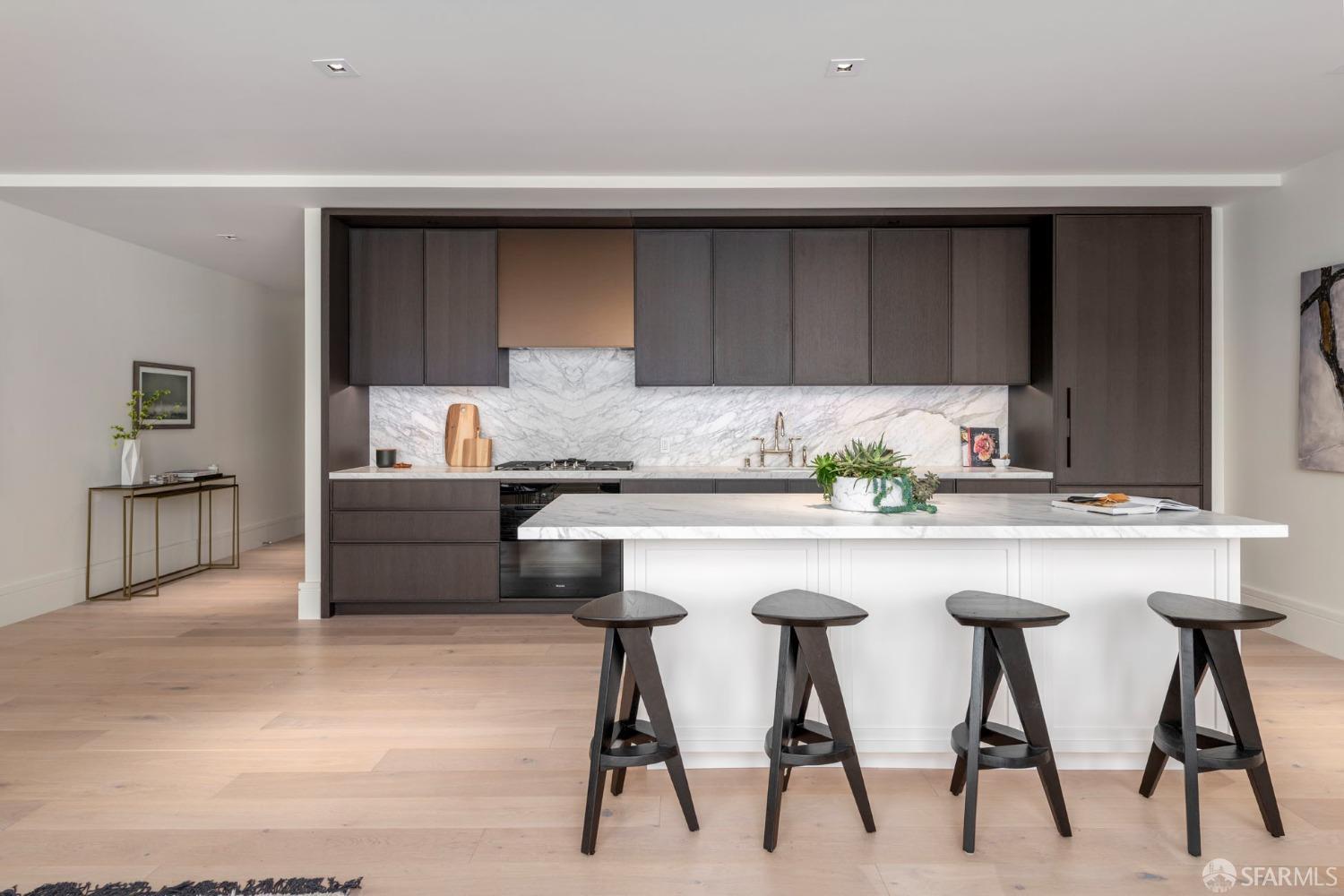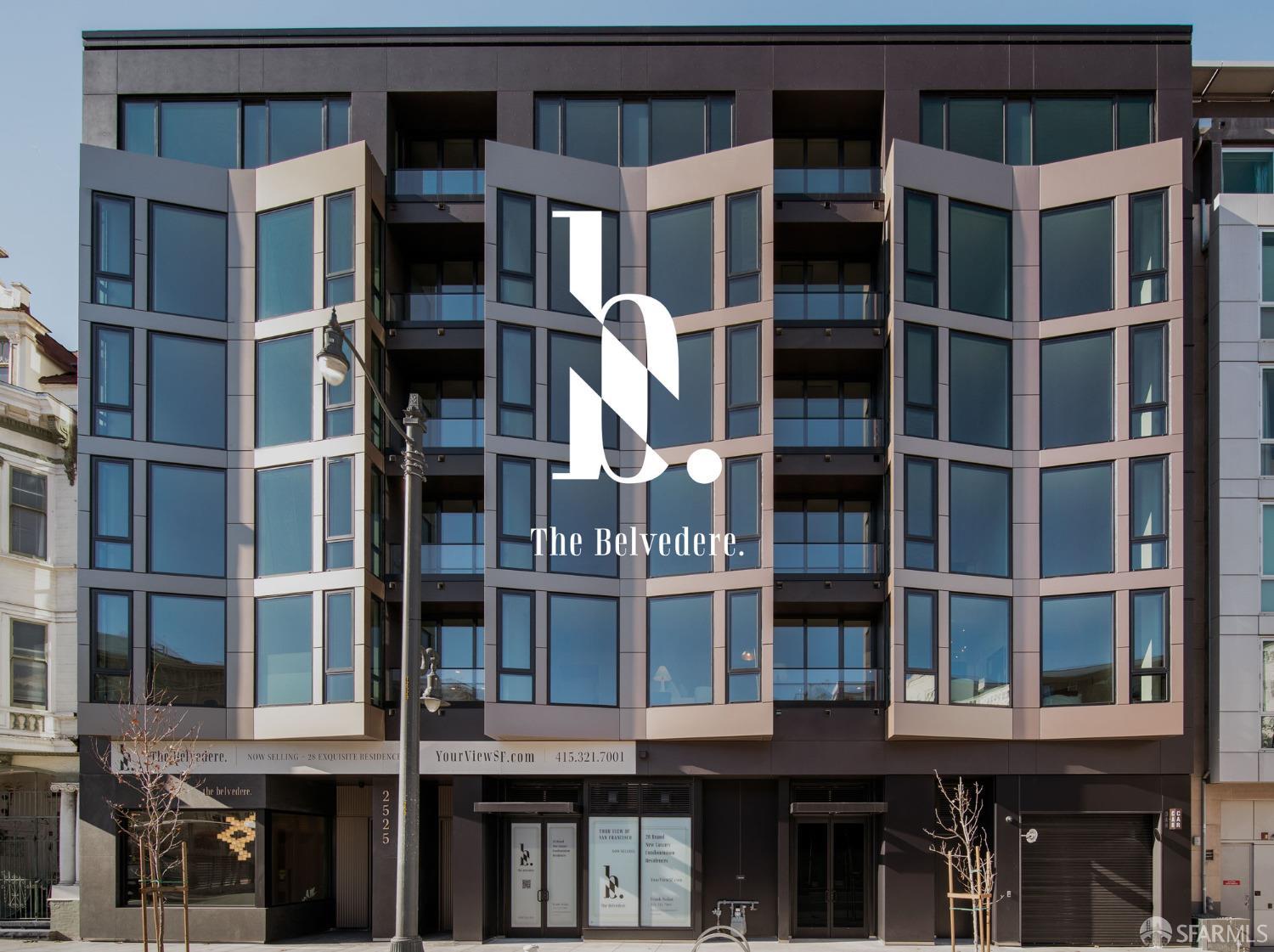COW HOLLOW
Originally a small valley of pastures and dairies in the post-Gold Rush years, COW HOLLOW takes its name from the days when cows rather than shoppers grazed the land between Russian Hill and the Presidio, and women would bring their loads to one of the only sources of freshwater in town which came to be known as Washerwoman’s Lagoon. Problems with open sewage, and complaints from neighbors up on prestigious Pacific Heights about the smell of the cows saw the area transformed in the 1950s, when enterprising merchants decided its old clapboard dwellings along Union Street had possibilities.
The area’s gorgeous old Victorian houses have since been refitted, especially around Filbert and Green streets, and the stretch of Union between Van Ness and Divisadero now holds one of the city’s densest concentrations of boutiques and cafés. Shopping is, indeed, what the neighborhood is best for, and numerous upscale types converge here to look for the perfect dress, lingerie or cabinet handle.
Though there’s little here in the way of actual sights, the historic Octagon House Museum on the corner of Union and Gough streets (tel 415/441-7512; donation) is worth a peek if you happen to be there during its very limited hours of operation; tours of the home’s Colonial- and Federal-period furniture, porcelain, and portraits are given on the second Sunday and second and fourth Thursdays of the month, from noon to 3pm (closed January). Built in 1861, at a time when it was believed that increased exposure to sunlight benefited one’s health, the house remains in excellent condition. Look for the display of signatures from 54 of the 56 men who signed the Declaration of Independence. Next door, leafy Allyne Park feels more like someone’s backyard than a public space, but its redwood trees and comfy benches are an idyllic place to rest. The last of the district’s original thirty farmhouses and barns stands at 2040 Union; today it houses a collection of rather pricey clothing and houseware shops. The western border of the neighborhood is Fillmore Street, where Allen Ginsberg first read Howl at no. 3119 when the address was a gallery.


